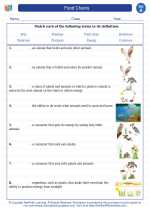Nitrogen
Nitrogen is a chemical element with the symbol N and atomic number 7. It is a colorless, odorless, and tasteless gas that makes up about 78% of the Earth's atmosphere. Nitrogen is an essential element for all living organisms, as it is a key component of proteins, DNA, and other biological molecules.
Properties of Nitrogen
- Physical State: Nitrogen is a diatomic gas at standard conditions.
- Boiling Point: Nitrogen boils at -195.8°C (-320.4°F).
- Melting Point: Nitrogen melts at -210.00°C (-346.00°F).
- Chemical Reactivity: Nitrogen is relatively inert, but it can form compounds with other elements under certain conditions.
Uses of Nitrogen
Nitrogen has various industrial and biological applications, including:
- Manufacturing of Ammonia: Nitrogen is a key component in the Haber process, which produces ammonia for use in fertilizers and other industrial processes.
- Food Packaging: Liquid nitrogen is used to freeze and preserve food products, as well as in the production of nitrogen gas for food packaging to extend shelf life.
- Fire Suppression: Nitrogen gas is used in fire suppression systems to displace oxygen and extinguish fires in enclosed spaces.
- Cryogenics: Nitrogen is used as a coolant in various cryogenic applications, such as preserving biological samples and superconducting materials.
Environmental Importance
Nitrogen plays a crucial role in the Earth's nitrogen cycle, which involves the conversion of nitrogen between its various chemical forms in the environment. This cycle is essential for the growth of plants and the overall balance of ecosystems.
Study Guide
To study the topic of nitrogen, consider the following key points:
- Understand the basic properties of nitrogen, including its physical state, boiling point, and chemical reactivity.
- Explore the various industrial and biological uses of nitrogen, and how its properties make it suitable for these applications.
- Examine the environmental importance of nitrogen and its role in the Earth's nitrogen cycle.
- Consider conducting experiments or demonstrations related to the properties of nitrogen, such as its low temperature effects or its use in fire suppression systems.
- Review the key concepts and vocabulary related to nitrogen, such as the Haber process, cryogenics, and the nitrogen cycle.
By understanding these key points and engaging in hands-on learning activities, you can gain a comprehensive understanding of the topic of nitrogen.
.◂Science Worksheets and Study Guides First Grade. Food Chains
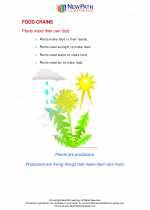
 Activity Lesson
Activity Lesson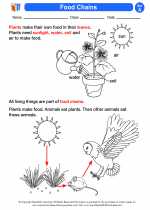
 Worksheet/Answer key
Worksheet/Answer key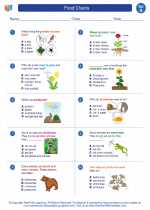
 Worksheet/Answer key
Worksheet/Answer key
 Worksheet/Answer key
Worksheet/Answer key
 Worksheet/Answer key
Worksheet/Answer key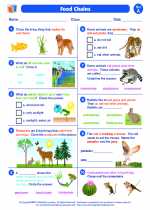
 Vocabulary/Answer key
Vocabulary/Answer key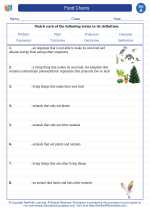
 Vocabulary/Answer key
Vocabulary/Answer key